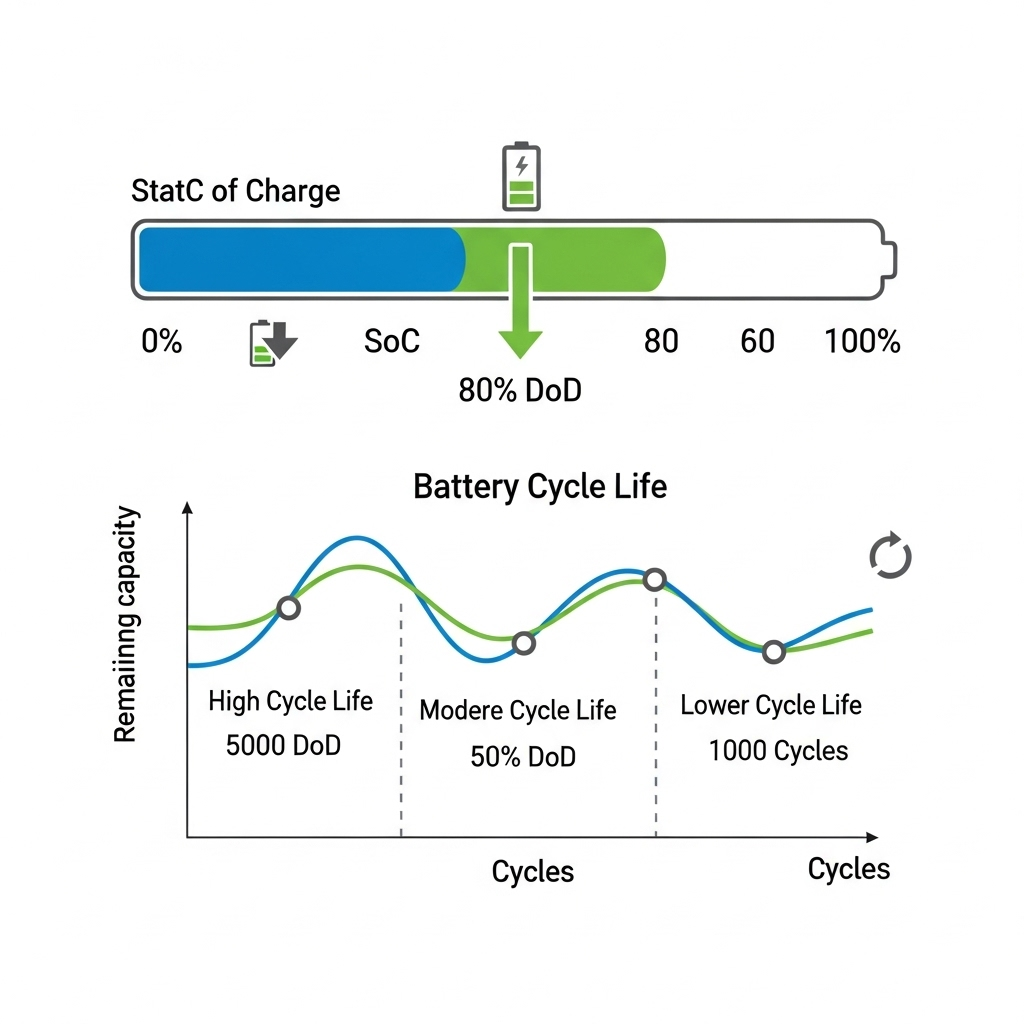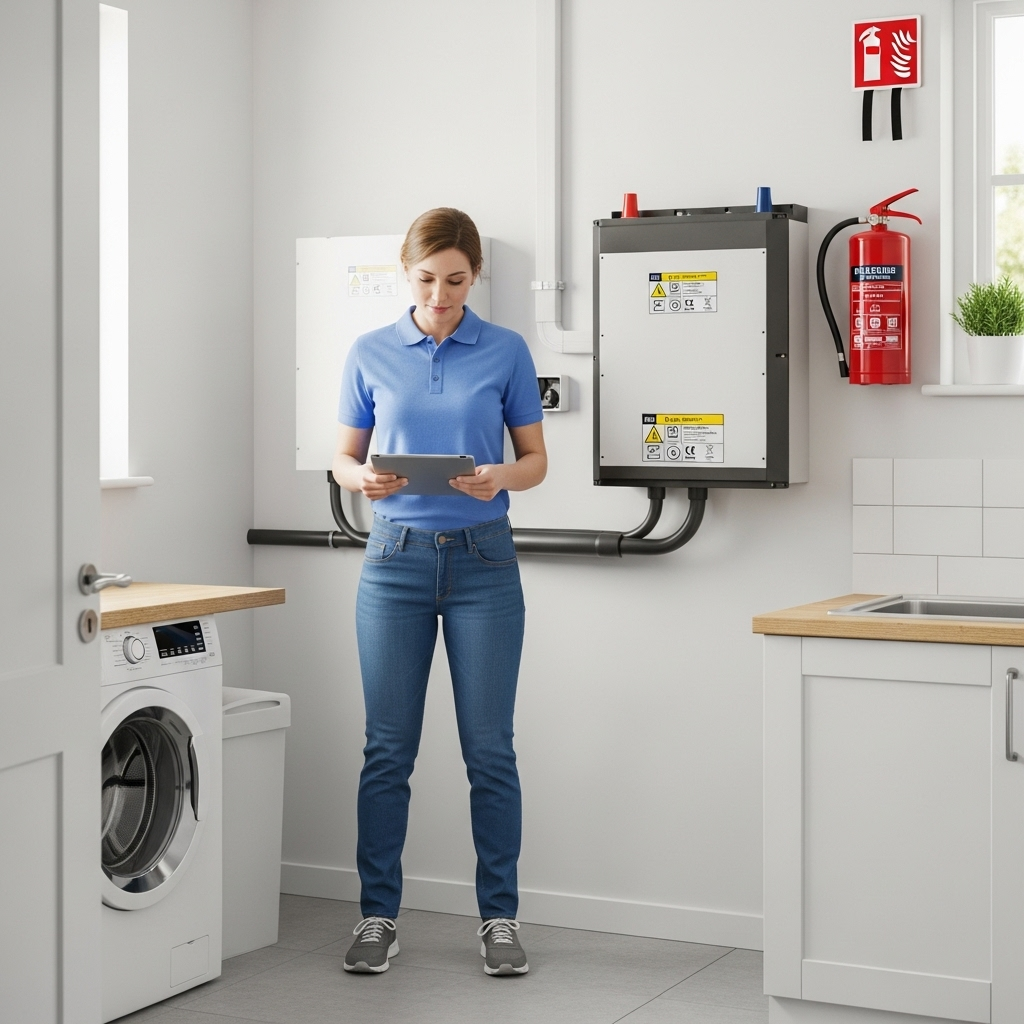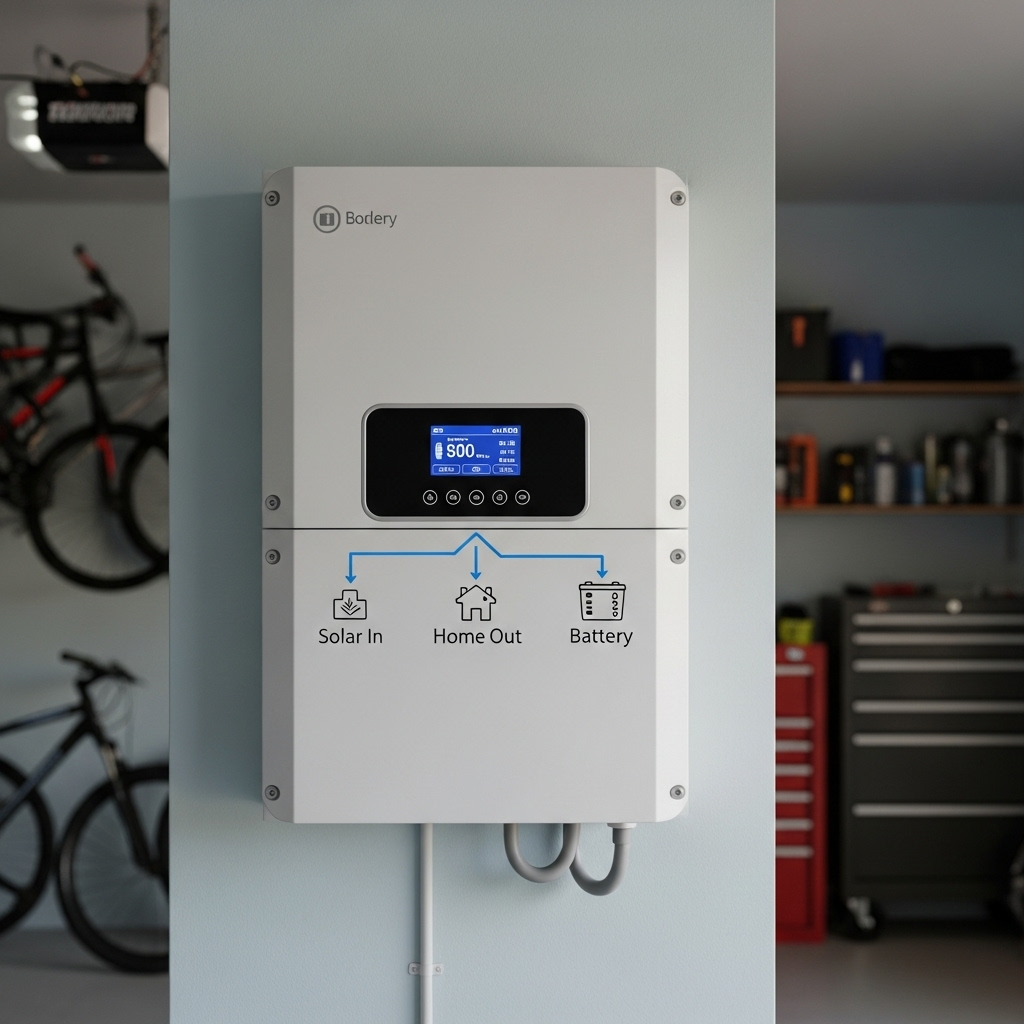A home energy storage system is a significant commitment to your energy independence. Its warranty serves as a critical safety net, protecting you from potential defects and ensuring long-term value. However, this protection is conditional. Many homeowners are unaware that specific actions—or inactions—can inadvertently void their warranty. The key to safeguarding this protection lies in performing regular, manufacturer-aligned battery checks. This isn't about complex technical work; it's about consistent, informed oversight. This guide provides a clear roadmap for the essential inspections that keep your system healthy and your warranty intact.
Why Manufacturer-Specific Checks Are Non-Negotiable
Think of your battery warranty as a contract between you and the manufacturer. Like any contract, it contains specific terms and conditions that must be met. Straying from these guidelines, even unintentionally, can release the manufacturer from their obligation to cover repairs or replacements. Adhering to their prescribed maintenance schedule is your part of the agreement.
Decoding Your Warranty Document
Your first step is to read and understand the warranty document. It contains the precise rules for maintaining your system. Look for key technical specifications and limitations, such as the warranted cycle life, the maximum allowable Depth of Discharge (DoD), and the required operating temperature range. As noted in research on energy system components, manufacturers often provide warranties for specific lifespans, with lithium-ion batteries typically covered for around ten years. According to the IRENA publication, Electrification with renewables: Enhancing healthcare delivery in Mozambique, procuring components with warranties that match their expected lifespan is a critical aspect of system planning. This same principle applies to your home system.
The High Cost of Non-Compliance
Failing to follow the manufacturer's guidelines can lead to a denied warranty claim, leaving you responsible for the full cost of repairs or even a complete battery replacement. These expenses can be substantial, often running into thousands of dollars. A voided warranty not only creates a financial burden but also diminishes the return on your initial investment. Regular, documented checks provide the proof of compliance needed to ensure your claims are honored.
Beyond the Warranty: Performance and Safety
Manufacturer-recommended checks do more than just protect your warranty; they are fundamental to your system's ongoing performance and safety. Proper maintenance ensures the battery operates at peak efficiency, delivering the power you expect. It also helps identify potential issues, like poor ventilation or corrosion, before they can escalate into serious safety hazards. A well-maintained system is a reliable and secure system.
Core Battery Health Monitoring: The Big Three
Modern battery management systems (BMS) automate much of the hard work, but understanding the core metrics is crucial for any homeowner. Monitoring State of Charge (SoC), Depth of Discharge (DoD), and cycle life helps you align your usage with the manufacturer's warranty conditions.
State of Charge (SoC) Management
SoC refers to the current charge level of your battery, expressed as a percentage. For optimal battery health and to maximize its lifespan, most manufacturers recommend keeping the SoC within a specific range, often between 20% and 80%. Consistently charging to 100% or letting the battery fully deplete can add stress to the cells and accelerate degradation. Your system's software allows you to set these upper and lower limits, making it easy to follow best practices.
Understanding Depth of Discharge (DoD)
DoD is the percentage of the battery's capacity that has been discharged. If a 10 kWh battery has 3 kWh remaining, its SoC is 30% and its DoD is 70%. There is a direct relationship between DoD and the total number of cycles a battery can provide. A study from the International Renewable Energy Agency, the Electricity Storage Valuation Framework, identifies DoD as a critical technical parameter for storage technologies. Deeper, more frequent discharges reduce the battery's overall lifespan. Your warranty will specify a maximum recommended DoD; respecting this limit is essential for compliance.
Tracking Cycle Life and Throughput
A charge/discharge cycle is one full discharge and recharge of the battery. Warranties guarantee a battery for a certain number of cycles or a total energy throughput (measured in megawatt-hours). Your system's monitoring portal tracks this data automatically. Periodically checking your cycle count against the warranty's limit helps you understand your usage patterns and the long-term health of your battery.
The Practical Homeowner Inspection Checklist
A consistent inspection routine is the foundation of effective homeowner battery maintenance. This checklist breaks down the tasks into manageable physical and software-based checks that directly support your warranty requirements.
Physical and Environmental Inspections
These checks focus on the battery's physical condition and its operating environment. Aim to perform them monthly. First, conduct a visual check of the battery unit. Look for any signs of swelling, leaking, or physical damage to the casing. Check connection points and terminals for any signs of corrosion. Next, confirm proper ventilation. Ensure that air vents are not blocked by dust, debris, or other objects, allowing for adequate airflow to regulate temperature. Finally, verify the ambient temperature of the room. Most lithium-ion batteries perform best in a controlled environment, so ensure the temperature is within the manufacturer's specified range.
Software and System Health Checks
Your system's software is the brain of the operation and provides vital health data. Regularly check for firmware updates from the manufacturer. These updates often include performance improvements, bug fixes, and critical safety enhancements that are necessary for warranty compliance. Also, take a moment to review the system's event or error logs through your monitoring app or web portal. Look for any recurring warnings or fault codes that could indicate an underlying issue. For a deeper look into how to analyze your system's output, reviewing data on solar storage performance metrics can provide valuable insights into its operational efficiency.
Creating a Maintenance Log
Documentation is your best ally in a warranty claim. Keep a simple digital or physical log of your maintenance activities. Record the date of each inspection, any actions taken (like installing a firmware update), and any unusual observations. This log serves as tangible proof that you have diligently followed the required maintenance protocol, strengthening your position should you ever need to file a claim.
A Proactive Approach to Warranty Protection
Beyond routine checks, a proactive mindset can help you identify and address potential issues before they become warranty-threatening problems. This involves leveraging your system's technology and knowing when to seek professional help.
Setting Up Automated Alerts
Most modern energy storage systems allow you to configure automated alerts through their monitoring applications. Take the time to set up notifications for critical events, such as the battery reaching a minimum SoC threshold, high or low operating temperatures, or any system fault. These real-time alerts enable you to take immediate corrective action, preventing minor issues from causing long-term damage.
When to Call a Professional
While homeowners can perform many routine checks, some situations require professional expertise. If you notice any physical damage to the battery, see persistent error codes that don't resolve, or observe a significant and unexplained drop in performance, it's time to contact a certified installer. As the International Energy Agency's Status of Power System Transformation 2019 report highlights, complex energy systems rely on multiple components working in harmony. A professional can diagnose issues that may not be immediately obvious. Attempting complex electrical repairs yourself is not only dangerous but will almost certainly void your warranty.
| Frequency | Check | Task Description |
|---|---|---|
| Monthly | Visual Inspection | Check for damage, leaks, corrosion. Ensure the unit is clean. |
| Monthly | Environmental Check | Verify ambient temperature is in range. Check for clear ventilation. |
| Quarterly | Software Review | Check for firmware updates. Review system error logs. |
| Annually | Performance Analysis | Compare current performance data to previous years to spot degradation. |
| As Needed | Professional Service | Contact a certified installer for persistent errors or physical damage. |
Final Thoughts on Securing Your Investment
Your battery's warranty is a valuable component of your energy storage investment. Protecting it requires a straightforward and consistent approach to maintenance. By understanding your warranty's terms, performing regular manufacturer-aligned checks, and keeping a detailed log, you take control of your system's health and longevity. These simple actions ensure your system operates safely and efficiently, providing reliable power for years to come and giving you the peace of mind that your investment is secure.
Disclaimer: This article provides general guidance and is not a substitute for professional technical or financial advice. Always consult your battery manufacturer's official documentation and a certified installer for specific maintenance requirements.
Frequently Asked Questions
How do I find my battery's specific maintenance requirements?
Your primary source is the user manual or warranty document provided by the manufacturer. Most manufacturers also have this information available on their official website in a support or downloads section.
Will adding more panels to my solar array affect my battery warranty?
It can. Expanding your system changes the electrical parameters. You must consult your original installer and the battery manufacturer before making any modifications. Unapproved changes can void the warranty. The system's components, including the panel, battery, and inverter, must be benchmarked and compatible.
What is the difference between a performance warranty and a product warranty?
A product warranty typically covers defects in materials and workmanship for a set period. A performance warranty guarantees the battery will retain a certain percentage of its original capacity after a specific number of years or cycles. For example, a common performance warranty might guarantee at least 70% capacity after 10 years.
Can I perform all the maintenance checks myself?
Most routine visual and software checks are designed for homeowners. However, any tasks involving opening the battery casing, handling high-voltage wiring, or complex diagnostics should always be performed by a certified professional. Doing so yourself is dangerous and will likely void your warranty.





Leave a comment
All comments are moderated before being published.
This site is protected by hCaptcha and the hCaptcha Privacy Policy and Terms of Service apply.